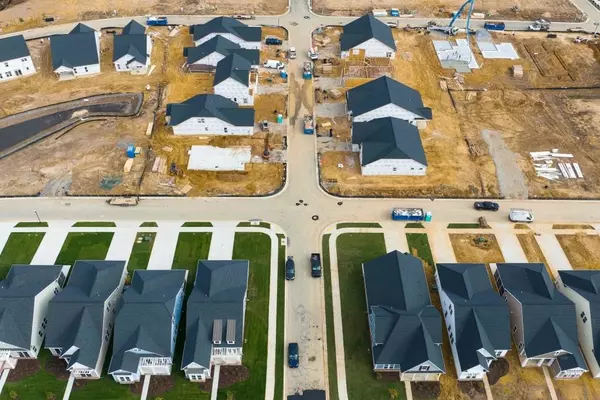Government Shutdown Expected To Cost U.S. Economy up to $14 Billion

The federal government shutdown could cause the U.S. economy to lose between $7 billion and $14 billion, according to new figures released by the Congressional Budget Office on Wednesday.
The shutdown has delayed federal spending, and the report estimates that the gross domestic product will be lower in the fourth quarter of 2025. And while it does state that real GDP will eventually be recovered, up to $14 billion could be lost.
The federal agency said the decline in the real GDP is driven by three factors: 1) fewer services provided by federal workers, 2) federal spending on goods and services and SNAP (Supplemental Nutrition Assistance Program) benefits will be temporarily lower, and 3) a temporary reduction in aggregate demand will lower output in the private sector.
Bottom line: The work that was not done during the time federal workers were furloughed will not be made up, according to the report.
It's anticipated that federal employees missing paychecks and low-income recipients not receiving SNAP benefits, or delayed in receiving food assistance, will temporarily lower the GDP by 1 to 2 percentage points in Q4.
The CBO provided an estimated monetary breakdown. By the end of 2026, the reduction in hours worked by furloughed federal employees would result in a cumulative loss of real GDP of $7 billion.
That number would climb to $11 billion if the shutdown ends after six weeks, which would be approximately Nov. 12. If the shutdown ends at the end of November, the economy would permanently lose $14 billion, according to the CBO.
"The longer the government shutdown persists, the deeper its immediate effects on the economy, though much of the disruption is typically recovered once operations resume," explains Hannah Jones, senior economic research analyst at Realtor.com®. "However, the lost output from furloughed federal employees cannot be fully recaptured. The work hours missed during the furlough period are effectively gone once normal schedules return."
Shutdown timeline
The federal government shutdown started on Oct. 1, marking the first such event in more than seven years—the last shutdown lasted 35 days.
The shutdown has directly affected some housing transactions. The National Flood Insurance Program, which insures nearly 5 million properties in the U.S., has expired. On Sept. 30, FEMA was no longer allowed to write new or renew existing policies under the program, but a 30-day grace period was given to homeowners whose policies expired on that date.
As the shutdown inched toward a third week, the U.S. Department of Agriculture halted issuing new loans and won't advance funds for loans it has already approved during the shutdown, according to its Lapse in Funding Plan.
A USDA home loan is a zero-down-payment mortgage option for homebuyers in eligible communities, primarily in rural areas.
Nearly 1,300 individual permits for construction projects of all sizes remain pending review with the U.S. Army Corps of Engineers.
"So far, the national housing market has not shown a clear impact from the shutdown. However, local markets with a high concentration of federal employees may feel greater strain as household income uncertainty," says Jones.
But key data has been delayed. The September employment report was not issued, so there's no measure of how hiring and unemployment trended officially in the past month.
A delayed September consumer price index report revealed that inflation climbed to 3% compared to a year ago, according to the U.S. Bureau of Labor Statistics.
"Beyond the direct effects, a shutdown can also weigh on consumer sentiment and economic confidence, discouraging buyers from making major financial commitments, such as purchasing a home, until stability returns," adds Jones.
Categories
Recent Posts











"My job is to find and attract mastery-based agents to the office, protect the culture, and make sure everyone is happy! "
